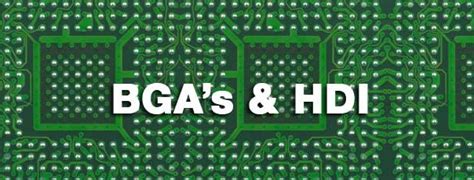
RF & Microwave Blog
-
BGA Assembly Capabilities
Posted by
–
 Read more: BGA Assembly Capabilities
Read more: BGA Assembly CapabilitiesIntroduction to BGA Technology Ball Grid Array (BGA) is an advanced surface-mount packaging technology used for integrated circuits. BGAs provide more interconnection pins than can be put on a dual in-line or flat package. BGA packages have the I/O pads arranged in a grid pattern on the bottom of the […]
-
PCB Sample To Show
Posted by
–
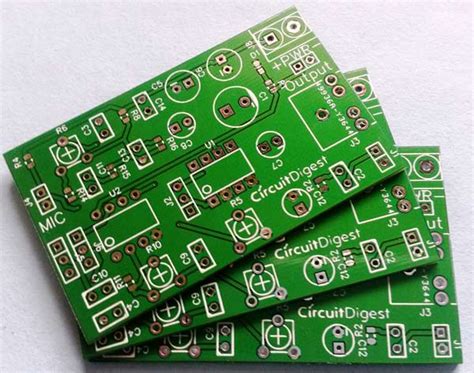 Read more: PCB Sample To Show
Read more: PCB Sample To ShowIntroduction to PCB Samples When it comes to designing and manufacturing printed circuit boards (PCBs), having access to high-quality PCB samples is crucial. PCB samples allow designers, engineers, and manufacturers to test and evaluate the performance, reliability, and functionality of their designs before mass production. In this article, we will […]
-
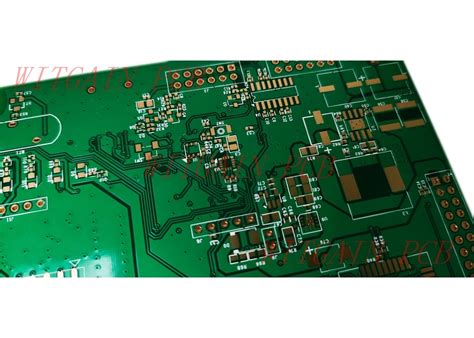 Read more: Goldfinger gold plated PCB board quality issues and measures
Read more: Goldfinger gold plated PCB board quality issues and measuresIntroduction to Gold-Plated PCB Gold-plated printed circuit boards (PCBs) are widely used in various industries, including electronics, telecommunications, and aerospace, due to their excellent electrical conductivity, corrosion resistance, and durability. The gold plating process involves depositing a thin layer of gold onto the copper traces of the PCB, which enhances […]
-
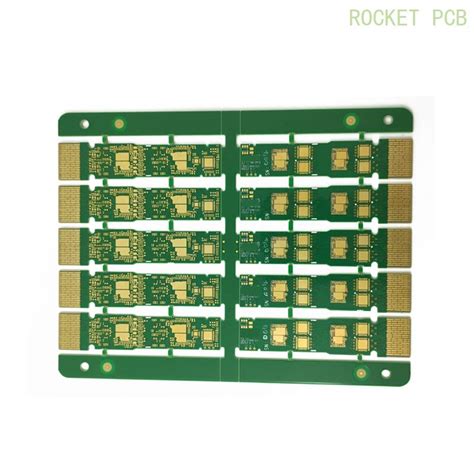 Read more: Why Use Gold Rather Than Silver And Copper in PCB Fabrication
Read more: Why Use Gold Rather Than Silver And Copper in PCB FabricationThe Advantages of Using Gold in PCBs Superior Corrosion Resistance One of the primary reasons for choosing gold in PCB fabrication is its exceptional corrosion resistance. Unlike silver and copper, which are prone to oxidation and tarnishing when exposed to air and moisture, gold remains stable and maintains its conductive […]
-
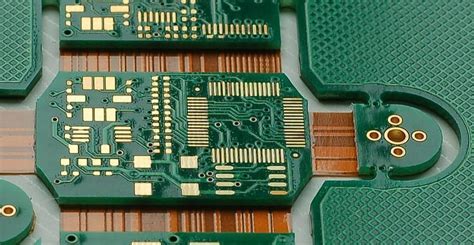 Read more: Why use rigid flex PCB than flexible PCB in electronic project
Read more: Why use rigid flex PCB than flexible PCB in electronic projectIntroduction to Rigid-Flex PCB Rigid-flex PCB is a type of printed circuit board that combines the benefits of both rigid and flexible PCBs. It consists of rigid PCB sections connected by flexible PCB sections, allowing for a more compact and reliable design compared to using separate rigid and flexible PCBs. […]
-
 Read more: What Is The Difference Between a Rigid PCB And a Flex PCB
Read more: What Is The Difference Between a Rigid PCB And a Flex PCBIntroduction to Printed Circuit Boards (PCBs) Printed Circuit Boards (PCBs) are the backbone of modern electronic devices. These boards provide a platform for electrical components to be mounted and connected, enabling the creation of complex circuits that power our smartphones, computers, and countless other devices. PCBs come in various types, […]
-
 Read more: Check Now RAYPCB Updates its Standard Stackup for Multi layer PCBs
Read more: Check Now RAYPCB Updates its Standard Stackup for Multi layer PCBsIntroduction to RAYPCB and Multi-layer PCBs RAYPCB, a leading printed circuit board (PCB) manufacturer, has recently announced an update to its standard stackup for multi-layer PCBs. This update aims to enhance the performance, reliability, and manufacturability of multi-layer PCBs, catering to the ever-growing demands of the electronics industry. Multi-layer PCBs […]
-
FR 4 PCB Manufacturing
Posted by
–
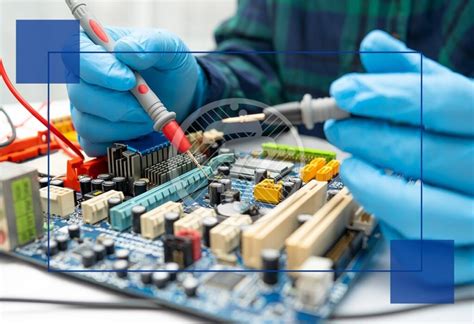 Read more: FR 4 PCB Manufacturing
Read more: FR 4 PCB ManufacturingWhat is FR 4 PCB? FR 4 (Flame Retardant 4) is a type of printed circuit board (PCB) material that is widely used in the electronics industry. It is a composite material made of woven fiberglass cloth with an epoxy resin binder. FR 4 is known for its excellent mechanical, […]
-
What s The Difference Between PCB And Breadboard
Posted by
–
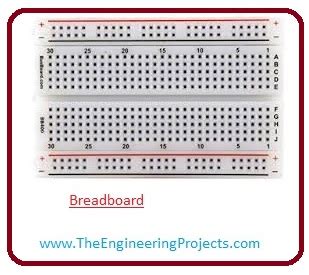 Read more: What s The Difference Between PCB And Breadboard
Read more: What s The Difference Between PCB And BreadboardWhat is a PCB? A Printed Circuit Board, or PCB, is a custom-designed board used to electrically connect electronic components using conductive tracks, pads, and other features etched from copper sheets laminated onto a non-conductive substrate. PCBs are the foundation of most electronic devices we use today, from smartphones and […]
-
What Is High Speed PCB Design
Posted by
–
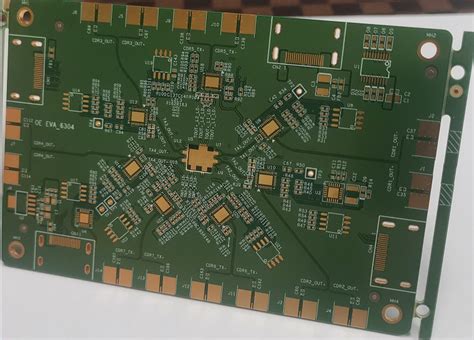 Read more: What Is High Speed PCB Design
Read more: What Is High Speed PCB DesignUnderstanding High-Speed Signals What Makes a Signal High-Speed? A signal is considered high-speed when its frequency is high enough to cause significant signal integrity issues, such as reflections, crosstalk, and electromagnetic interference (EMI). The exact frequency at which a signal becomes “high-speed” depends on various factors, including the PCB material, […]
Recent Posts
- How to Select Material for Your PCBs from Cost and Reliability Considerations
- Problems of EMC Technology Application in PCB Design of Electronic Devices and the Strategies
- Fabrication Technology on Flex-Rigid PCB Window
- Problems of High-Frequency and High-Speed Multilayer PCB Fabrication and Their Solutions
- Key Difficulties and Tips for Backplane PCB Fabrication